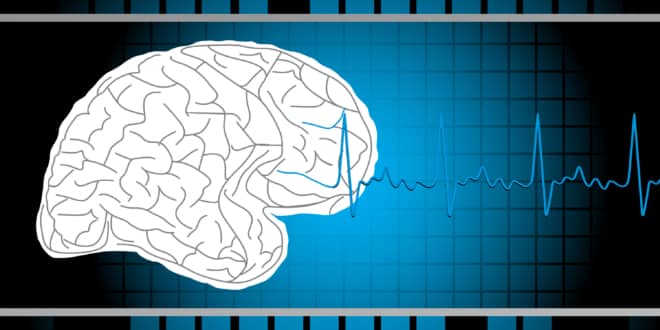Physical activity, brain health, and general body health go hand in hand, and in children, the need to lead an active lifestyle is only more pronounced. The risk of type 2 diabetes and certain heart diseases reduces greatly when a child is exposed to physical activity.
You might be wondering where the brain comes in here. Research shows that with increased physical activity, kids stand a better chance of being mentally healthy and free of disorders such as depression and anxiety.
Only 35 percent of children aged between five and seventeen engage in physical activity, and 62 percent of three and four-year-olds do the same.
Why Focus on Brain Health?
Apart from providing the obvious physical benefits such as improved circulation and general body fitness, physical activity also does a lot with regards to the mental health of your kid.
Up until now, a lot of researchers have focused their energy only on the physical benefits of physical activity. Obesity has especially been a topic of interest in this area, but scientists are beginning to see further now.
When a child leads an active lifestyle, it shows even in their school work. It shows even in their self-esteem and their general conduct. The link between physical and mental health has only just begun to be unlocked, and so far, research points to multiple benefits that will improve cognition as well as brain health of a physically active child.
An Increase in Mental Health Disorders among Kids
The lifestyle that you lead will most likely rub off on your kids. Today, there is an increasing lack of outdoor activity as children spend all their free time locked in front of a screen. Besides interrupting their sleep patterns, the kind of lifestyle that ignores the need for physical activity has many other implications on the mental health of kids.
Reducing Anxiety Levels with Physical Activity
Given that the causes of anxiety differ in people, an increase in physical activity may not always lead to decreased anxiety levels.
Physical activity, however, has physiologic effects that include a sedative type of impact that is associated with reduced levels of anxiety.
Releasing Neurochemicals (Dopamine and Serotonin)
Physical activity that is intense enough may release even endorphins into the bloodstream and create a relaxing impact on a child.
At the very least, physical activity serves as a distraction from depression and anxiety. It is about more than just moving around aimlessly; targeted activities can create social connections that can in turn help to treat depression.
How to get your Kid to be Physically Active
Parents need to be proactive when it comes to the physical and mental health of their children. It is a simple as getting outside; even exposure to fresh air can do a lot for the body.
It is understandable that parents want to be protective of their children, but you need to allow them some distance to roam and play around.
Restricting the amount of time they spend in front of the screen is also another way to ensure they go outside more. Provide them with a ball to kick around, or some driveway chalk and a skipping rope and simple let them burn the energy on their own.
If you are going to get your kids outside, they need to see it in you too. Being vigilant about an active lifestyle is the key to leading one as the benefits are the same even for adults.
Give it a try today and improve your kid’s brain health. It is as simple as skipping, taking a walk, or even going to the park.
Liked this article? Share it to say “thanks!” Your support is much appreciated!
I would love to connect with you!
You can find me on TWITTER1, TWITER2, INSTAGRAM FACEBOOK, PINTEREST, or GOOGLE+








1 Comment
Pingback: How to get kids to participate in activities without going insane! - Healthy Lifestyle